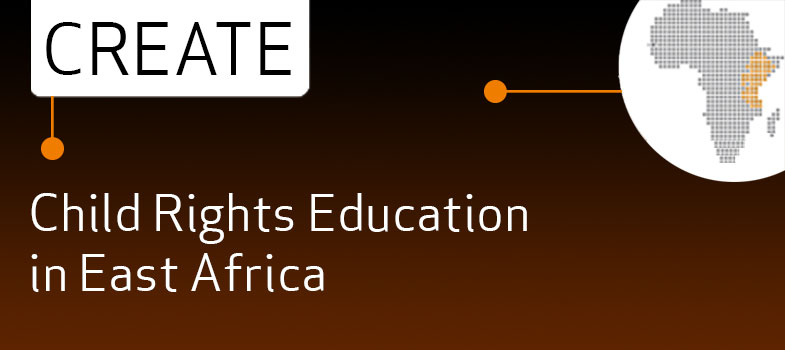3.10 Answers to activities
Activity 3.3: Prioritising risk factors
We put these children in the following order for risk:
| Which situation? | Why is the situation risky or less risky? |
|---|---|
An orphan boy living and working on the street | The orphan boy who lives and works on the street is likely to be at greatest risk because he has to look after himself and is in an environment where he is unlikely to have any community support. He is already suffering abuse as he is engaged in child labour. |
A physically disabled boy living with his parents in a refugee camp | Although this boy is with his parents, he is living in a context that is often aggressive, competitive and full of transient adults. His disability also makes him particularly vulnerable because he may be seen as less valuable than other children, and he may be unable to defend himself and/or escape from his abuser. |
An orphan boy living in a children’s home | This child is living with responsible adults, so his immediate relationship needs should be cared for and the home may be part of an established community. However many children’s homes and orphanages are not well run and can develop cultures of harsh treatment and abuse. |
A boy living with his parents in a refugee camp | This boy is vulnerable to the same challenging community issues as in (2) above, but is at slightly less risk as a non-disabled child. |
A boy living with his parents in the same village as his grandparents and other extended family | The child at lowest risk has the support of his immediate and extended family, and it is likely that he will also be known to the wider community as his family are all established in this location. |
Did you identify the same order? This is one of those activities where there is no single correct answer, and more information could make significant changes. For example what if we now said that the village that is home to the extended family subscribes to abusive traditional practices, such as early marriage and widow inheritance? The circumstances around every child are unique. As a health worker you have a responsibility to consider an individual risk assessment for every child in your care, and recognise the key factors that can make them vulnerable to abuse.
Activity 3.4: Flo and her mother
- You probably easily identified some of the pressures on this family that might add to the level of risk to Flo. The death of the father has had a major impact at the relationships level as it reduces the income level in the family and also leaves the mother with many children to care for on her own. There is a clinic in the community although it is not that easy to get to in order to get help. There would seem to be no formal reporting procedure in place to a child protection committee but fortunately the community does respond positively to the concerns through the elder and the school. This is an important protective factor at the community level.
- Damtew recognises the signs of abuse and violence straight away and decide to take some action. He talks to the child and listens carefully to her explanation. Damtew then speaks to the right people in the community to negotiate a solution and a plan is set up to protect Flo in the future.
3.9 Self-assessment questions
